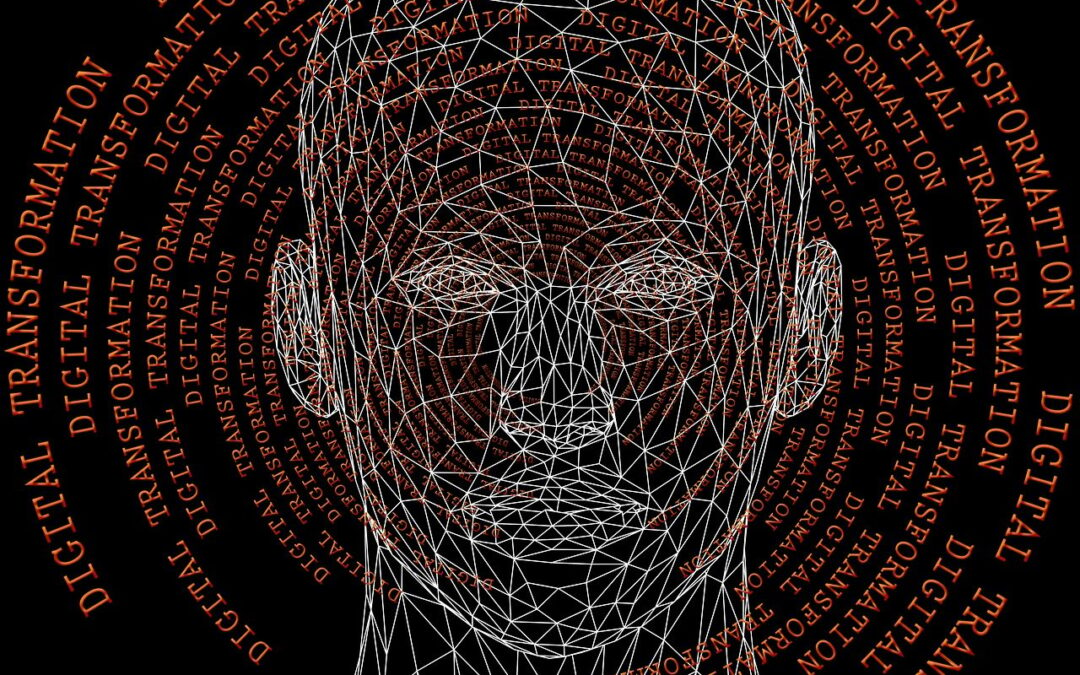Working across multiple countries, I have seen first-hand how organisations perceive themselves as digitally prepared. However, despite rapid advancements, many businesses and employees are still not ready for the demands of a truly digital-first world. The gap between perception and reality remains wide, with technology often outpacing workforce readiness.
The Hidden Digital Divide: Why Your Workforce Isn’t as Ready as You Think
Technology is no longer a competitive advantage—it is a necessity. However, a surprising disconnect exists. Many organisations believe they are digitally equipped, but research from Virgin Media O2 Business and the Centre for Economics & Business Research (Cebr) reveals that only a fraction truly harness technology to empower employees and improve productivity.
The Cost of Falling Behind
The consequences of digital stagnation are significant. Between 2021 and 2023, the UK economy missed out on an estimated £111 billion in turnover due to digital inefficiencies. But this issue is not limited to the UK. Across the globe, nations that lag in digital transformation risk economic decline, lower workforce productivity, and reduced global competitiveness.
A Global Challenge with High Stakes
Governments and businesses worldwide recognise the urgency of digital transformation. Some nations have launched large-scale initiatives to bridge the skills gap and improve their position in the digital economy:
- Nigeria’s 3 Million Technical Talent (3MTT) Programme aims to train three million digital specialists by 2027, preparing the country to become a key exporter of tech talent.
-
In Kenya, AI-driven agricultural tools such as PlantVillage and Virtual Agronomist have significantly increased farming productivity by providing precise recommendations on fertilisation, pest control, and soil health.
While these initiatives show how digital investment can drive growth, some nations still struggle with digital adoption despite high technological penetration. For instance, the GSMA Report on South Africa’s Digital Economy highlights that despite high mobile and internet access, the country still faces slow digital adoption in industries outside finance and telecommunications. Access to digital tools alone does not guarantee transformation. Businesses must integrate technology into their workflows and build a workforce capable of leveraging digital advancements.
What obstacles are holding them back, and what steps can they take to accelerate adoption?
Why Digital Transformation Stalls: Barriers to Adoption
Despite investment in digital tools, many companies fail to unlock their full potential due to key obstacles:
- Cultural Resistance – Employees who are used to traditional workflows often see digital transformation as a threat—whether in the form of increased workload, job displacement, or unfamiliarity with new tools.
- Legacy Systems & Outdated Infrastructure – Many organisations rely on outdated technology that stifles innovation. Without proper integration, new tools can create inefficiencies rather than solve them.
- Lack of Leadership Alignment – Digital transformation requires strong leadership commitment. If executives do not support digital adoption, employees are less likely to engage.
- The Digital Skills Gap – A recent Department for Education Employer Skills Survey (2024) found that nine in ten UK businesses struggle with skills shortages, particularly in entry-level positions (32% of the gap) and technical fields (29%). Alarmingly, the proportion of businesses considering training programmes has dropped from 60% in 2024 to 54% in 2025 due to financial constraints and lack of awareness.
The digital skills gap is estimated to cost the UK economy £63 billion annually. 18% of UK adults (7.5 million people) lack essential workplace digital skills, with 1.9 million unable to perform any basic digital tasks at work. These figures highlight the pressing need for sustained digital training initiatives.
Steps to Accelerate Digital Transformation
Organisations must take a people-first approach to digital transformation. Here’s how:
1. Lead with Clear Goals – Digital transformation is about people, not just technology. Employees are more likely to embrace change when they understand how digital tools align with organisational goals. Leaders must clearly communicate the purpose behind digital initiatives and ensure alignment across teams.
2. Invest in Digital Skills – One-off training sessions are ineffective. Organisations must embed ongoing digital learning into their culture. This includes:
- Prioritising digital literacy at all levels, from entry-level staff to executives.
- Offering on-demand training in emerging technologies such as AI, cloud computing, and cybersecurity.
- Partnering with educational institutions and online platforms to upskill employees cost-effectively.
3. Encourage Experimentation – A digital workforce needs space to innovate. Companies should:
- Encourage employees to test and experiment with new tools.
- Provide safe environments for digital experimentation and feedback.
- Recognise and reward employees who adopt digital-first approaches.
4. Improve Digital Communication & Collaboration – Remote and hybrid work requires strong digital collaboration. Ensuring that employees are comfortable using tools like Microsoft Teams, Slack, and AI-driven communication platforms can boost efficiency and teamwork.
Aligning Digital Tools with Business Goals
Technology is only effective when supported by a strong strategy. Businesses can maximise their digital investments by:
- Reviewing Digital Tools: Many organisations accumulate unnecessary digital tools. A tech audit can streamline processes and reduce costs.
- Encouraging Collaboration Across Departments: Digital adoption should not be limited to IT teams. Engaging all departments ensures widespread transformation.
- Tracking Progress: A data-driven approach helps businesses adapt their digital strategy. Employee feedback and performance metrics ensure long-term success.
A Future-Ready Workforce Starts with Leadership
Closing the digital divide requires leadership commitment. CEOs, CIOs, and senior executives must not only support digital transformation but actively engage in it. Organisations that build a digital-first culture will gain a competitive edge, increase efficiency, and drive growth.
The digital future is here—is your workforce ready?
The Right Conversation Can Change Everything. Let’s Talk.
Sources
- Virgin Media O2 Business and Cebr Report
- Department for Education Employer Skills Survey 2024
- Nigeria’s 3 Million Technical Talent (3MTT) Programme
- PlantVillage AI-Driven Farming Initiative
- GSMA Report on South Africa’s Digital Economy
- UK Manufacturing Productivity Statistics

